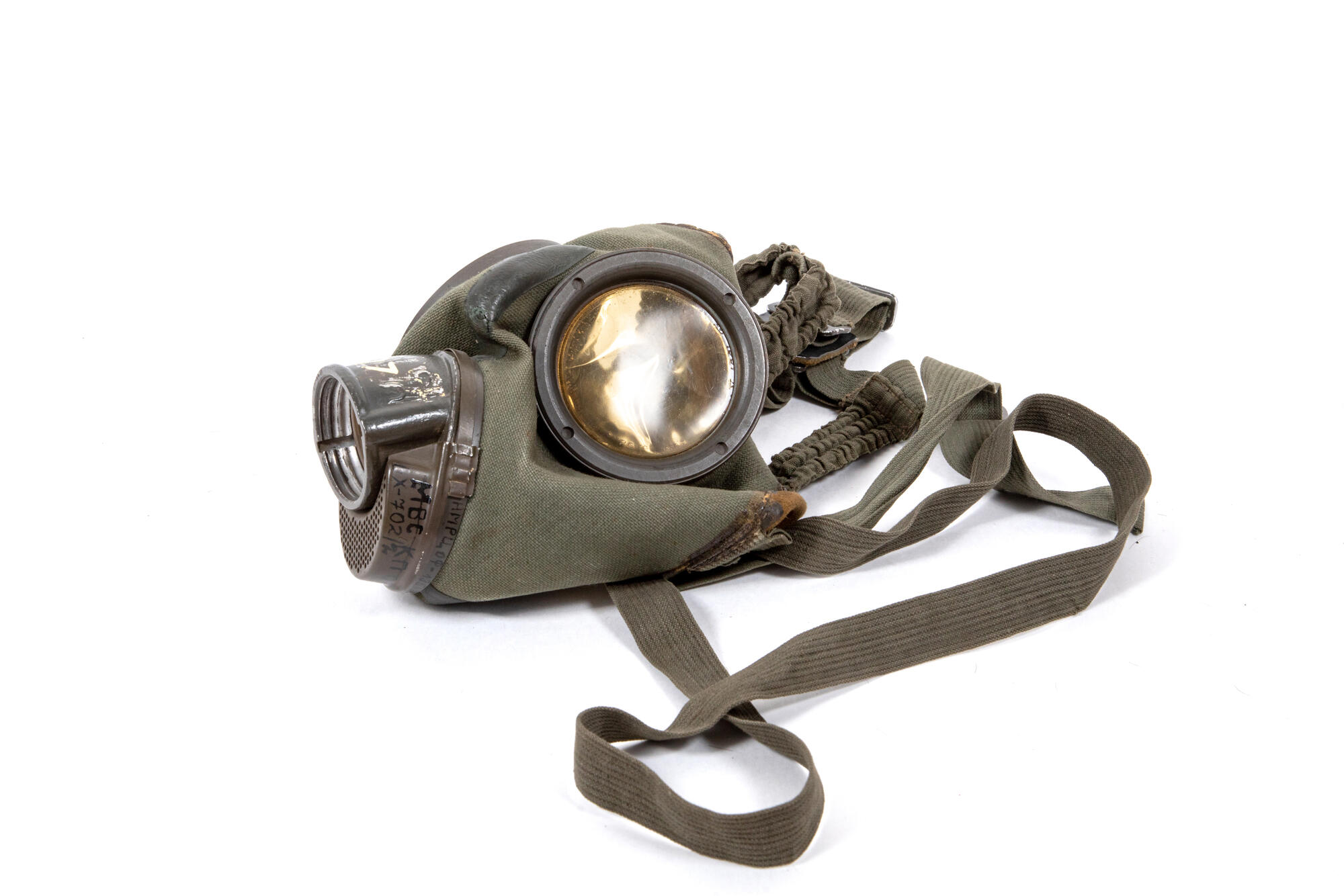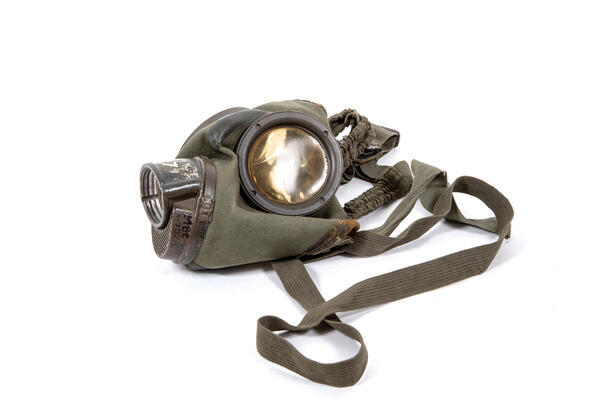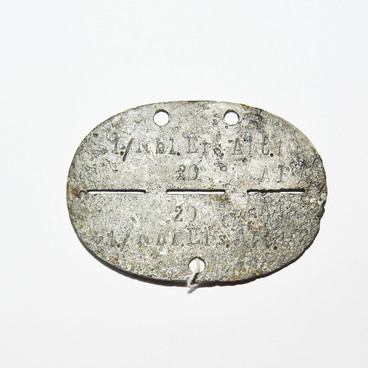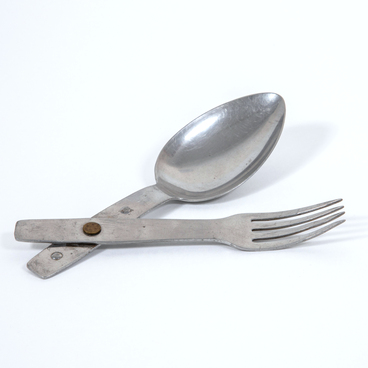During World War II, the opposing forces almost never used chemical weapons, like they did during World War I. However, the German command supplied all Wehrmacht soldiers with gas masks — individual means of protecting respiratory organs, eyes, and facial skin against toxic chemicals and their effects.
The German Army used three models of gas masks (Gasmaske) — 1924, 1930, and 1938 models. The main parts of each model were a tightly sealed mask and a round filter box, which was screwed onto the muzzle of the mask.
During the war, only the personnel of the reserve army, who trained new recruits, military schools and some other institutions used in limited quantities the outdated 1924 gas masks and their cases. Active-duty soldiers received the Gasmaske 30 and Gasmaske 38 models. Their designs were similar, the only difference was that the 1930 masks were made of rubberized cloth and leather, while the 1938 masks were made entirely of rubber.
The mask displayed in the museum is a 1930 model gas mask. It is made of rubberized camouflage fabric, and lined with soft leather on the inside.
The lenses, or visors, consist of two parts: an outer glass layer and an inner layer of transparent plastic. An air pocket in between them prevents the glasses from fogging up in cold weather. Soldiers who had bad eyesight were given special glasses with diopters that could be fastened inside the gas mask.
Elastic straps, joined together with special metal buckles, were attached to the mask. Belts were used to adjust the gas mask, but it did not help if it was not the right size. Looser-fitting masks offered no protection.
At the bottom of the mask was a muzzle with two valves: one for the filtered air and the other for the exhaled carbon dioxide. The filter box was screwed onto the muzzle.
The German Army used three models of gas masks (Gasmaske) — 1924, 1930, and 1938 models. The main parts of each model were a tightly sealed mask and a round filter box, which was screwed onto the muzzle of the mask.
During the war, only the personnel of the reserve army, who trained new recruits, military schools and some other institutions used in limited quantities the outdated 1924 gas masks and their cases. Active-duty soldiers received the Gasmaske 30 and Gasmaske 38 models. Their designs were similar, the only difference was that the 1930 masks were made of rubberized cloth and leather, while the 1938 masks were made entirely of rubber.
The mask displayed in the museum is a 1930 model gas mask. It is made of rubberized camouflage fabric, and lined with soft leather on the inside.
The lenses, or visors, consist of two parts: an outer glass layer and an inner layer of transparent plastic. An air pocket in between them prevents the glasses from fogging up in cold weather. Soldiers who had bad eyesight were given special glasses with diopters that could be fastened inside the gas mask.
Elastic straps, joined together with special metal buckles, were attached to the mask. Belts were used to adjust the gas mask, but it did not help if it was not the right size. Looser-fitting masks offered no protection.
At the bottom of the mask was a muzzle with two valves: one for the filtered air and the other for the exhaled carbon dioxide. The filter box was screwed onto the muzzle.



